When Cow Manager NZ needed 14 vehicles on a tight deadline, but had no trading history, Driveline found a way. Here’s how we made it happen.
When Cow Manager decided to establish their own presence in New Zealand, they faced a challenge: how do you finance 14 vehicles when you have no local trading history and no NZ director shareholders? Here’s how Driveline’s Anton Napier made it happen…
When international agritech company Cow Manager decided to bring their New Zealand operations in-house, they needed vehicles for their team – and they needed them fast.
With staff onboarding dates locked in and no New Zealand-based director shareholders to back the deal, most finance companies walked away. But Driveline saw the opportunity and got creative.
We sat down with Anton Napier, the Driveline consultant who coordinated the entire Cow Manager NZ vehicle rollout, to find out how he pulled together one of the most complex deals the company has tackled.
How did Cow Manager NZ first come to Driveline?
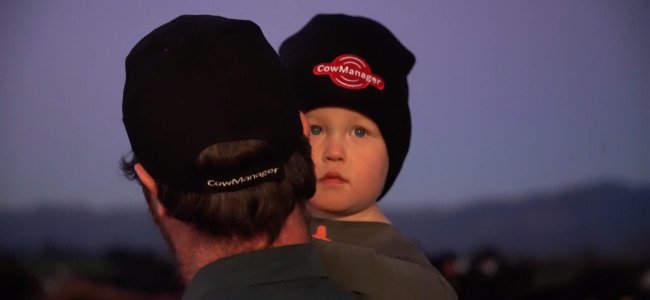
Anton: It started with an inbound call, actually. I just happened to pick up the phone one day when I was in the office – it was quite late in the day, I think. Cow Manager was looking to lease some vehicles as they were starting up here in their own right.
Their products had been in New Zealand for over a decade through an agency arrangement, but they’d decided to establish their own presence here. Set up their own beachhead, as it were. That’s what led them to contacting us.
What does Cow Manager actually do?
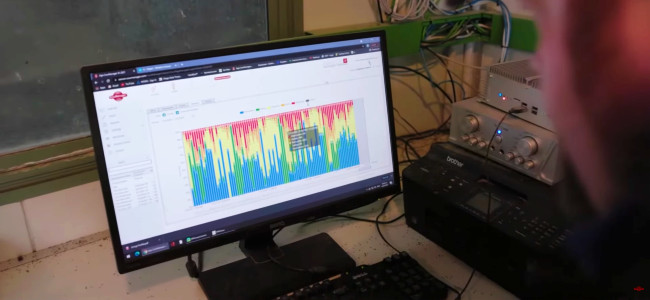
Anton: They run a software package based around some smart electronic equipment that basically senses when a cow is at various stages in its cycle.
It can pick up all sorts of things – milk production, when cows are on heat, and so on. It’s really smart technology.
I don’t know if there’s anybody else in New Zealand doing anything quite the same, so they are quite unique.
They operate in a number of different countries overseas as well, and they have hundreds of farms that they look after in New Zealand.
It allows farmers to manage their herds pretty well – to see which cows are not going to be milking and which are off the milking cycle.
That gives them a view of what their production is going to be like and what kind of income they’re going to be able to generate.
It’s really about helping farmers plan their growth and investment as they move forward.
What made this deal particularly challenging?
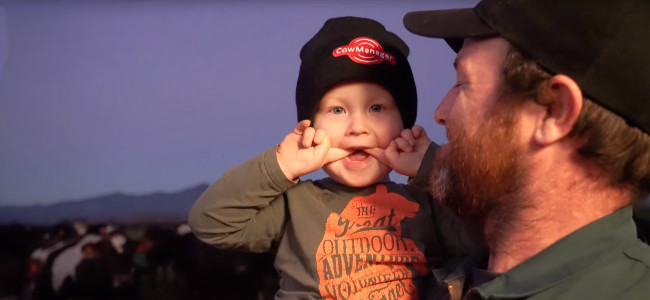
Anton: There were several things. First, they had a very tight timeline to supply vehicles based around staff coming on board.
We needed to have all 14 vehicles done by a fixed point in time, which was always going to be a challenge because supply is not always great in the New Zealand market. Especially when you have to do outfitting of vehicles – putting in accessories like canopies and hard lids and tow bars – that takes up time.
But the biggest challenge was that Cow Manager NZ had no trading history in New Zealand, being a brand new business here. And on top of that, they had no director shareholders in New Zealand to secure the funding.
With most lending that’s done here, you really need to have a New Zealand-based director shareholder of some description, and they just didn’t have one. So we had to figure out some clever options to make it happen.
It was a bit of a first for us in that sense. Certainly for a deal of this size – 14 vehicles initially – being done without any local financials or backup guarantees.
How did you structure the solution?
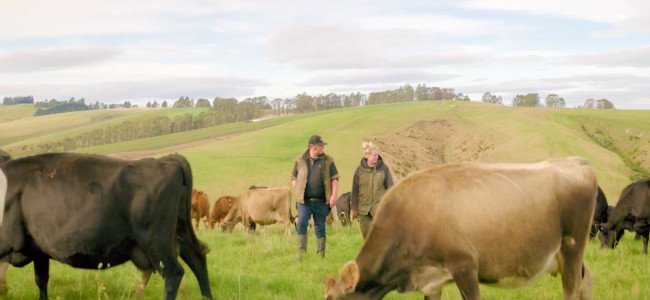
Anton: I ended up getting involved with the overseas parent company in the Netherlands. I had regular meetings, once or twice a week over Zoom, with their director and their HR person.
We worked together on how we were going to put everything together and started doing all the background work in terms of what vehicles they wanted and how we were going to set everything up.
Jared, the general manager here, had a contract signed with Cow Manager and was going to come on board, but he wasn’t actually employed yet.
We worked with him in terms of what spec they wanted on the vehicles, and this was prior to him being physically employed.
So there were some interesting firsts in terms of how we had to deal with this.
Jared’s start date was actually coincidentally the same date that all the vehicles needed to be available. It was the go date not only for having all the vehicles ready, but also when all the staff were going to start and be deployed.
So contracts had all been drawn up for that particular date. It all converged on that date, which made it difficult so we ended up getting authority to have Jared sign for the contracts for the vehicles even though he wasn’t officially employed at that stage.
Who else did you need to coordinate with?
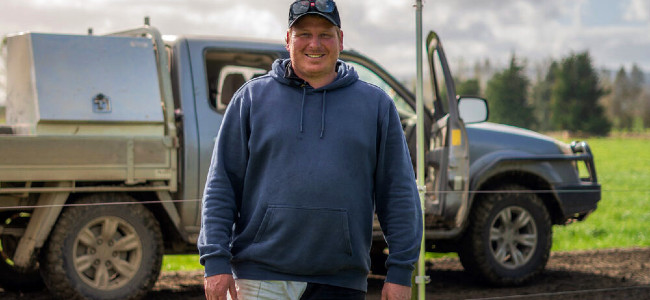
Anton: There were multiple parties I had to bring together. I was working very closely with Nissan to put together the various specs and timelines. They really helped with all of that to make sure we achieved the rollout dates.
They needed GPS tracking for each of their vehicles, so I located a GPS tracking company. They provided a unit which is attached behind the glove box of each vehicle and does all that GPS tracking.
We also had signwriting to be done and canopies and hard lids and all sorts of other things.
Fortunately, we have a big network of contacts for things like that, and we were able to get everything squared together.
From my perspective, it was really about coordinating all the different supply channels to deliver the product completed and ready to go.
What vehicles did you end up supplying?
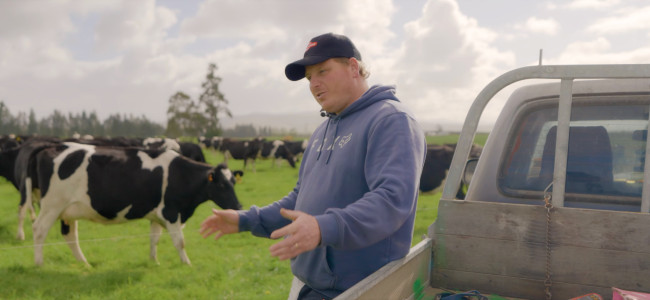
Anton: We supplied 12 Nissan Navara utes in various configurations – some with canopies, some with hard lids, all with tow bars and other accessories depending on the role.
We also supplied two Nissan X-Trail SUVs for staff who weren’t necessarily going onto farms as much.
All of them got the GPS units installed, and they all had signwriting done. It was quite a coordination exercise to get everything done by the required date.
How often were you meeting with Cow Manager during this process?
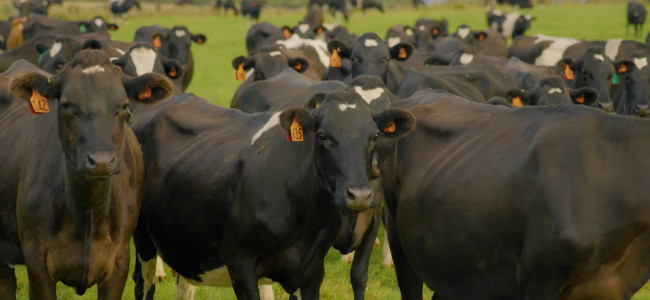
Anton: Initially it was twice a week. The meetings were essentially to work out how we were going to run the acquisition of vehicles for them. It was around updates because of the nature of how we had to set them up.
I think we ended up doing probably about four to six weeks of meetings. It was doing due diligence, working out the various aspects of what they wanted, making sure we had all the parties coordinated.
What’s the feedback been like since delivery?
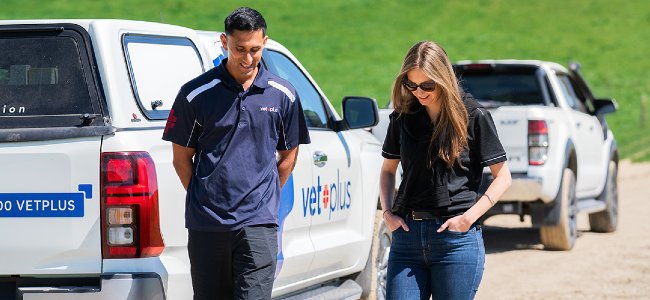
Anton: The feedback from Cow Manager NZ has been great. I think they’re very happy with the way things have gone.
Working closely with Nissan, we were able to deliver a product that met their expectations, and to the most part we managed to get everything delivered in the timeframes that were required.
They like the vehicles. There are some changes and perhaps a little bit of swapping around of vehicle configurations that they’ve identified they’d like to do going forward, but that’s always the case.
It’s always hard when you’re first starting out to know exactly what you want and who’s going to benefit from having a hard lid versus a canopy on the back of a ute.
There’s still a bit of a shakedown to do in terms of making sure that all the vehicles are as in-spec and as fit for purpose as they possibly can be for them. It will change from role to role and region to region.
Cow Manager is still growing, aren’t they?
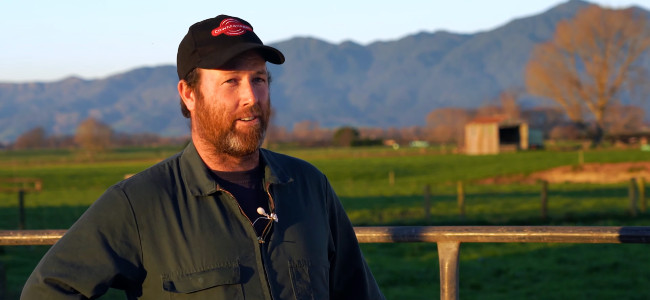
Anton: Absolutely. We expect them to double in size between now and the end of next year. I know they’re steadily outgrowing their existing premises in Hamilton already.
I’ve got three or four more vehicles to do before the end of the year for them, and a bunch more next year. So the relationship is ongoing, and I think the established process will make future vehicle acquisitions easier.
What did you enjoy most about this project?
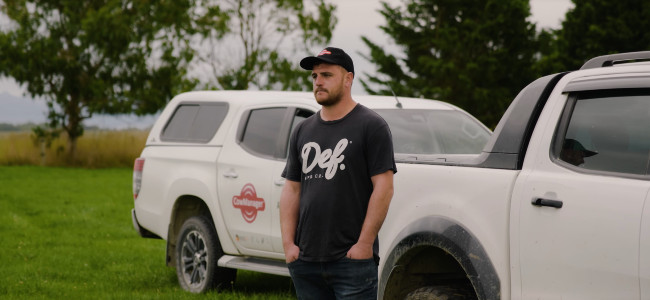
Anton: I think it was the opportunity to put together a suite of vehicles that gets everybody up and running all at the same time.
Working within a very tight timeframe, we knew what dates they needed everything by, and there was a certain amount of urgency around that with people coming on board.
The challenge of pulling it all together and trying to coordinate everything was interesting.
It had its challenges because you’re dealing with multiple different parties to bring everything together, but in the end it worked out really well.
There’s a lot of documentation that needs to be done in the background which they didn’t necessarily see any of. All they saw were the contracts that they ended up having to sign.
They didn’t see all the stuff that was going on in the background trying to coordinate all the different suppliers and bring it all together.
It was quite a nice feeling, a great sense of pride to actually be able to deliver something pretty much on time for everybody as required, all at the same time, and get them all up and running.
Now that Cow Manager NZ has some trading history, what’s next?
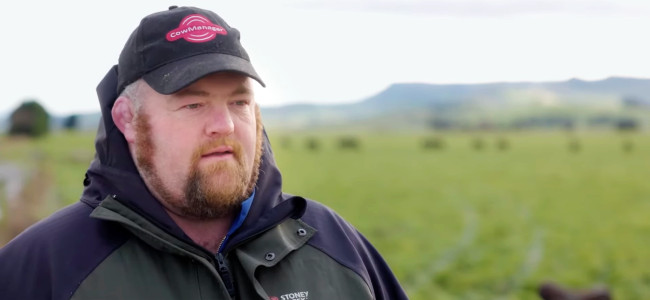
Anton: We’re currently working on transitioning them over to our SmartLease product, which is our preferred option for clients. That will make things easier for them going forward.
SmartLease is really what sets us apart in the market. It has huge benefits to clients that they can’t get through an operating lease with any other entity in New Zealand.
What makes SmartLease different?
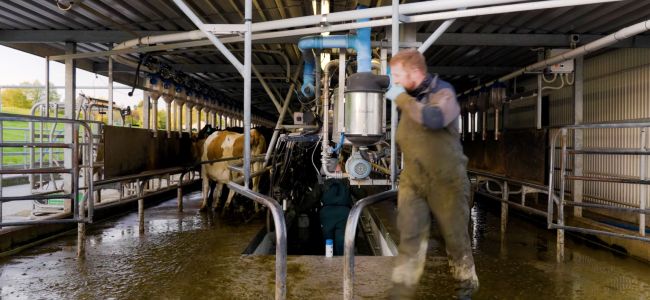
Anton: One of the key things is that we don’t charge for excess kilometres.
To put that into perspective, if you sign up for an operating lease with other companies, you have to nominate the kilometres you’re going to do per annum.
When you get to the end of the lease, if you said you were going to do 20,000 km per year on a 36-month term, and you actually end up doing 80,000 km instead of 60,000, you will get billed for those 20,000 km over and above at anywhere between 15 to 22 cents a kilometre. That adds up.
On top of that, the other lease companies will charge you for refurbishment costs on your vehicle if it is outside the terms of their fair wear and tear.
It can be quite substantial, and I know a lot of people have been bitten by that at the end of their lease term.
We don’t charge for any of that. So straight away, a client could be thousands of dollars better off at the end of term and not have that bitter pill to swallow.
I worked for other leasing companies where that was the case, and you might go through a cycle with a client – bring them on board for three years – and then you serve them with a bill for $8,000 at the end of their lease because they’ve gone over their kilometres and need refurbishment work done on the vehicle.
That’s the last time they lease off you.
So what good is that? It takes a lot of work to get a new client on board. Once you’ve got them, it’s a hell of a lot easier to keep them happy and retain them than it is to get a new one.
What other benefits does SmartLease offer?
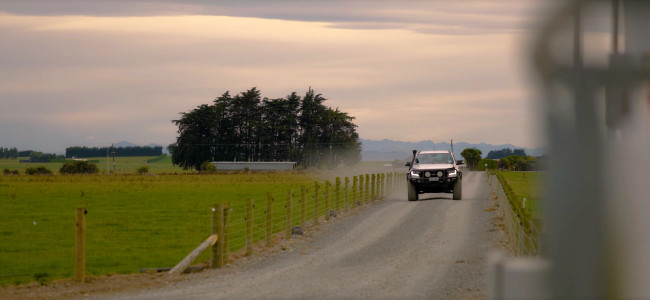
Anton: We also allow the client to exit the vehicle lease early, and we have some clever ways of managing the lease that the other lease companies don’t.
When you hand the vehicle back to one of the other big lease companies at the end of the lease term, they usually send it off to someone like Turners.
Turners will assess it and come back and say, “This needs doing, that needs doing, it’s more than fair wear and tear, so it’s going to be $1,200. And they’re 20,000 km over, so that’s another $4,000 worth of excess kilometres.” The bill gets sent to the client.
That vehicle is then sold through the auction channel, nine times out of ten without any refurbishment work being done on it.
So they bill for the refurbishment work but they don’t actually do it.
They pocket that money, then they sell the vehicle through Turners and profit from whatever it sells for.
The client gets nothing of that. All they get is a bill.
It sounds like transparency is really important to you.
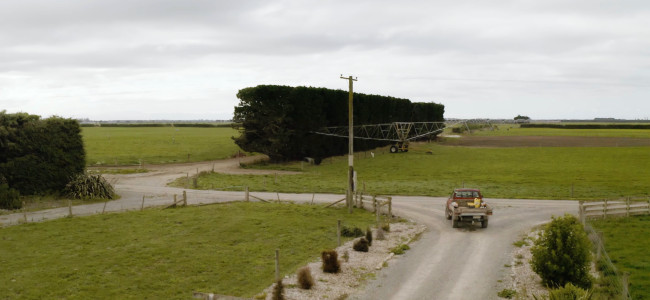
Anton: Absolutely. If I could sum it up in one word, it’s that we’re very transparent. We tell people exactly what they can and can’t do.
They could refinance the residual at the end if they want to keep driving it. They could hand it back to us and we’ll dispose of it, which is what usually happens. And provided we can clear the residual, they’ll have no further obligation.
They have lots of options, and we’re very transparent. They know exactly what the interest rate is that they’re paying – it’s all on their documentation.
They know exactly what’s involved, and there’s no surprises at the end.
I think that’s what sets Driveline apart. That’s why it’s such a great place to work. We spend a lot of time making sure that we are transparent with our clients, and our clients really appreciate the fact that they know exactly what they can do.
Ultimately, you want people to come back. You want long-term clients.
You don’t want people that are here just to lease for three years and then say, “I’m never going to touch that company again. They cost me $8,000 to get out of my lease.”
If you’re presented with opportunities to use this technology and these financing solutions, you’ve just got to be smart and use it.
And for us, those other big lease companies have processes and systems, but we have a huge amount of flexibility here in terms of what we can do for our clients.
Need help financing vehicles for your growing business? Whether you’re an established operation or just setting up in New Zealand, give the Driveline team a call on 0800 275-374 or email us at info@driveline.co.nz to find out how we can help.

Leave a Reply